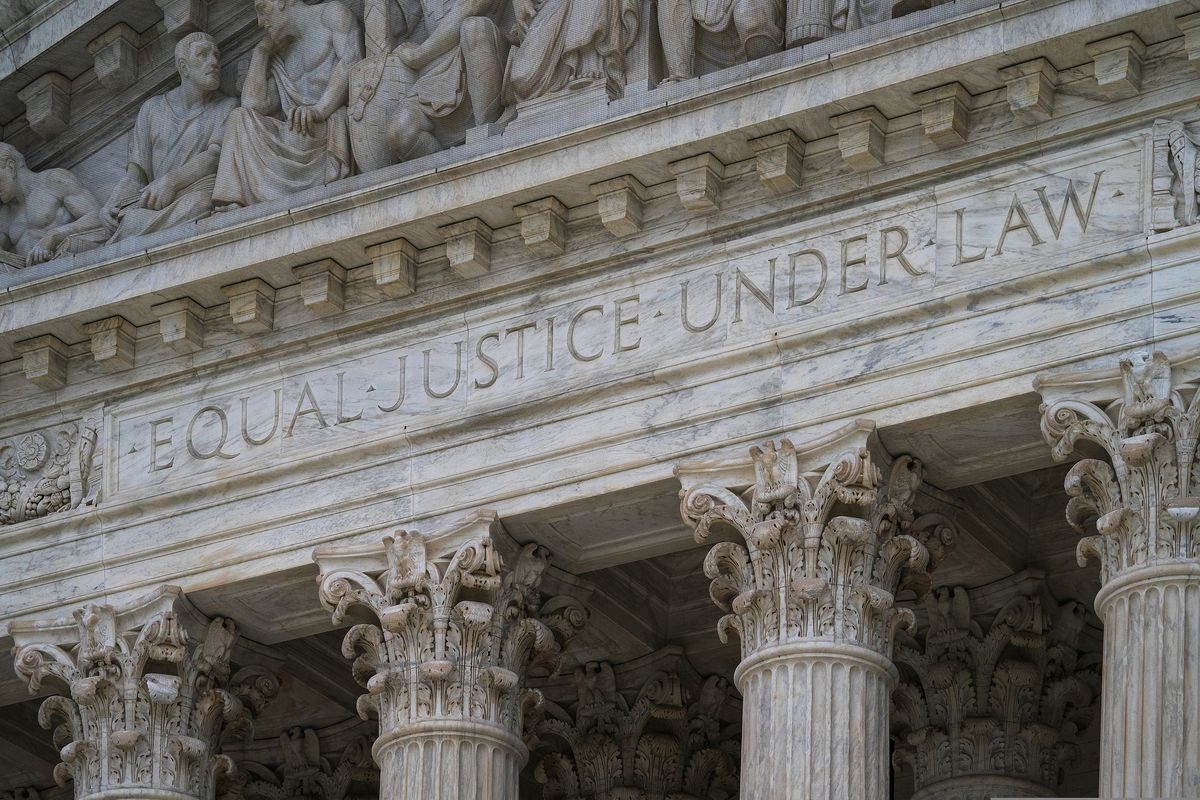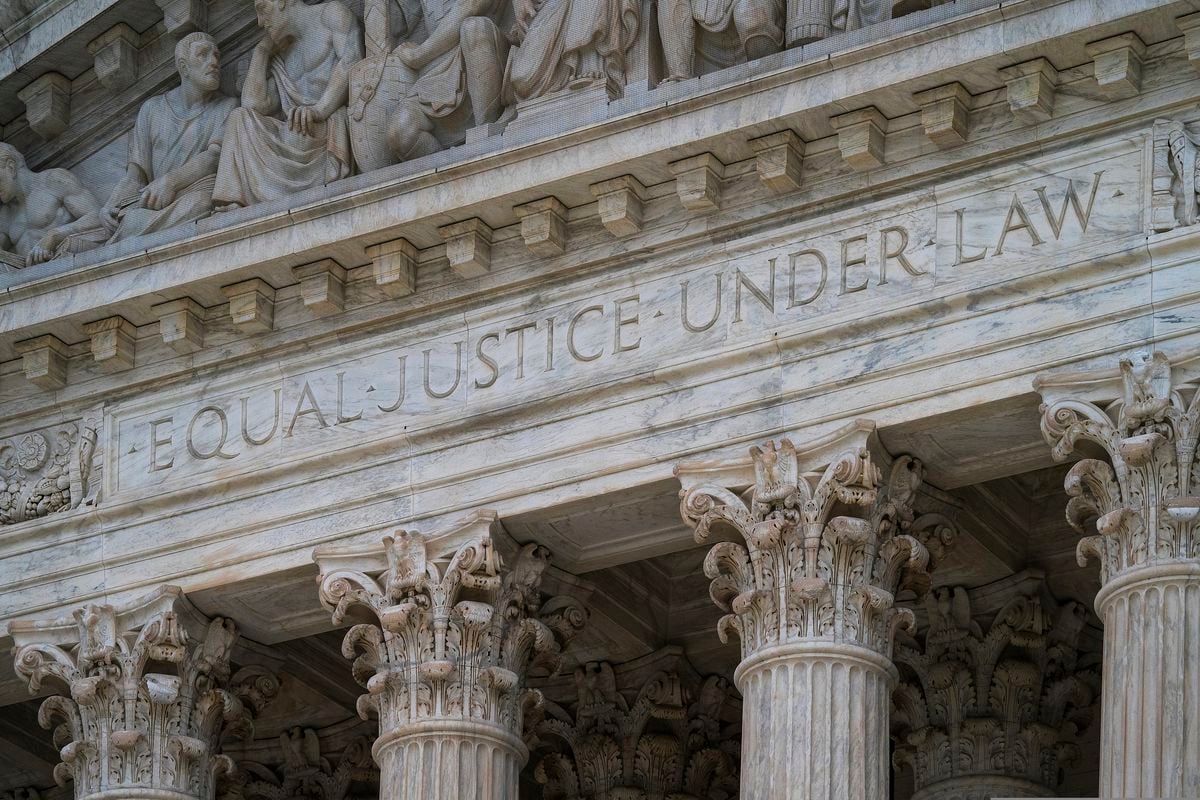Alaska’s parole merry-go-round


State-run parole and probation programs are designed to keep persons convicted of crimes — including a very large number of non-violent crimes — out of prison. But in Alaska, according to a recent Council of State Governments study, “Confined and Costly: How Supervision Violations are Filling Prisons,” “On any given day, 1,099 people (or 25% of the 2018 Alaska prison population) are behind bars as a result of a probation or parole violation, at an annual cost to the state of $80 million.”
Parole and probation are court-ordered, non-prison sentences that give offenders a chance to rebuild their lives in a community setting. Not a get-out-of-jail-free-card, each offender agrees to follow a strictly supervised list of conditions that commonly includes mandatory drug testing, keeping regular parole officer visits, paying fines and restitution, holding a job and drug rehab and anger management classes.
More restrictive conditions may include searches, prior approval to open a checking account, travel restrictions, electronic monitoring, curfews and off-limit establishments.
Each year, about one-quarter of all persons under community supervision successfully complete the terms of their parole and probation and are released. What about the others, many of whom struggle with a mental illness or addiction, low education attainment, poor employment skills and their inability to pay for drug testing or administrative and electronic monitoring fees? (Yes, many parolees are required to pay these fees themselves.)
For them, repeated violations of even relatively minor rules can lead to a disciplinary hearing, additional restrictions or a ride on the probation and parole-to-prison merry-go-round. In fact, the Council of State Governments report found that 17% of all persons admitted to Alaska prisons in 2017 were placed behind bars for parole or probation violations, including conviction for new offenses.
But sooner or later, these back-to-prison inmates will return on parole once again, with a new set of supervised restrictions to deal with.
The size of Alaska’s merry-go-round is staggering. For the years 2014-2017, according to the federal Bureau of Justice Statistics, prison admissions totaled 11,519. During this four-year period, it is likely that as many as 1,000 men and women (10% of 11,519) were returned to prison not for breaking any law but for violating their parole and probation rules.
If Alaska’s parole and probation programs had worked as intended during 2014-2017, hundreds of offenders would not have been locked behind bars but would have remained under community supervision — where they could work on putting their lives back together. That would have dramatically lowered the state’s prison population and saved Alaska taxpayers about $72,000 a year for each inmate remaining out of prison. How might this happen?
A 2018 report from the PEW Charitable Trusts titled “Probation and Parole Systems Marked by High Stakes, Missed Opportunities," found that one in 55 adults nationally — and one of every 66 Alaska adults — are on probation or parole. The report also found that many states are already working to strengthen the effectiveness of their probation and parole programs.
“Policymakers across the nation,” the authors write, “are adopting reforms, such as shorter supervision terms and earned compliance credits, and to prioritize supervision and treatment resources for higher-risk individuals while removing lower-risk people from supervision caseloads.”
In practice, this requires that states “Fundamentally change the purpose of supervision from punishing failure to promoting success. The goal should be to help people repair the harm they have caused and become self-sufficient, law-abiding citizens, rather than simply enforcing rules set by courts and parole boards, catching violators and imposing penalties, including incarceration.”
As these reforms are put into practice, prison populations will go down, state costs will go down and, best of all, thousands of Alaskans will stand a better chance of putting prison life behind them for good.
The views expressed here are the writer’s and are not necessarily endorsed by the Anchorage Daily News, which welcomes a broad range of viewpoints. To submit a piece for consideration, email commentary(at)adn.com. Send submissions shorter than 200 words to letters@adn.com or click here to submit via any web browser. Read our full guidelines for letters and commentaries here.
 Pathways Drug Rehabilitation Luxury Addiction Treatment & Detox Center
Pathways Drug Rehabilitation Luxury Addiction Treatment & Detox Center


